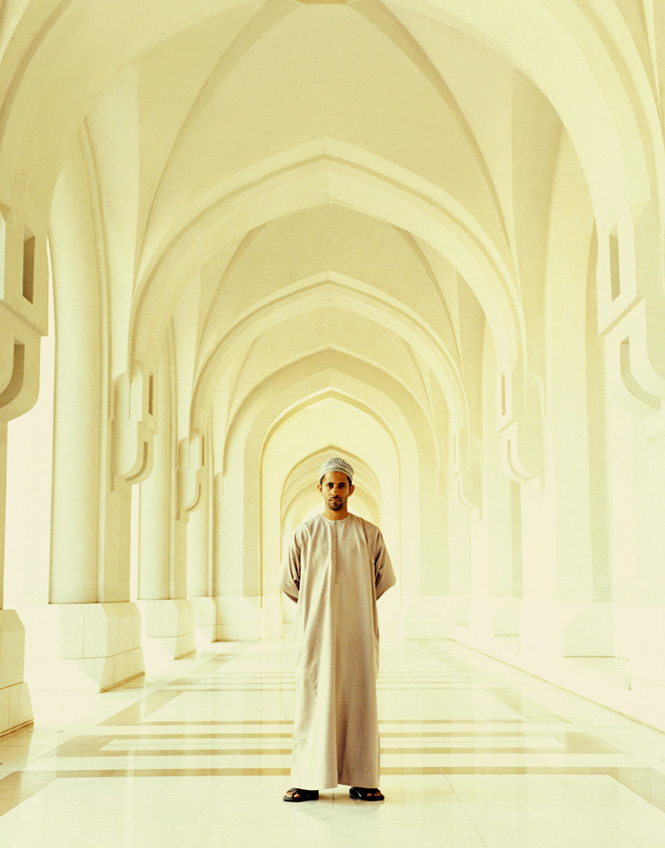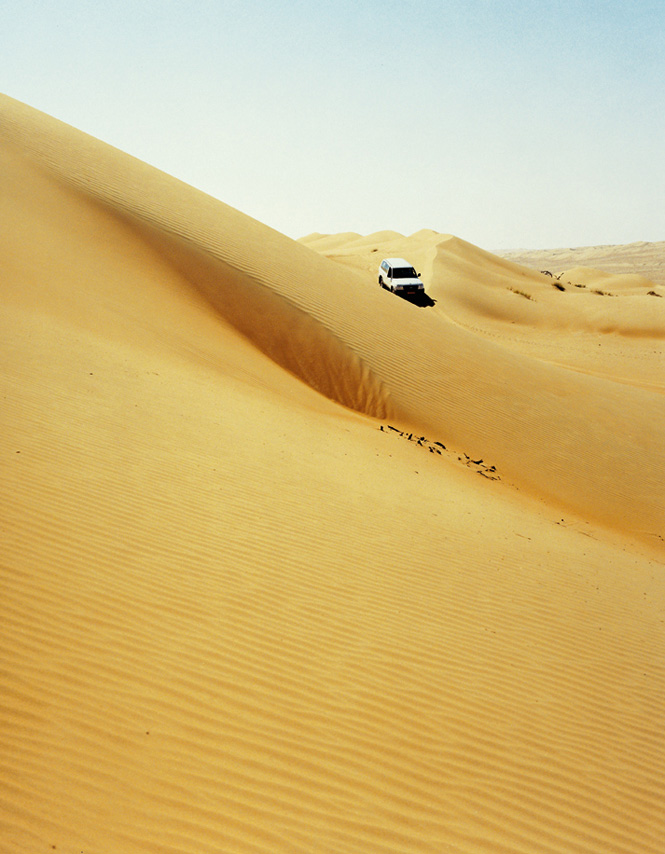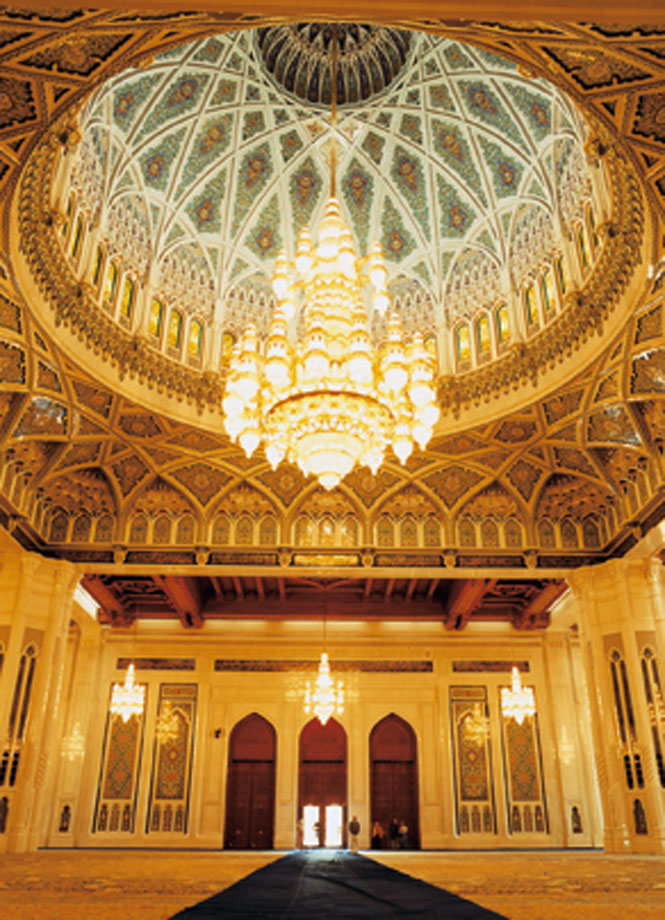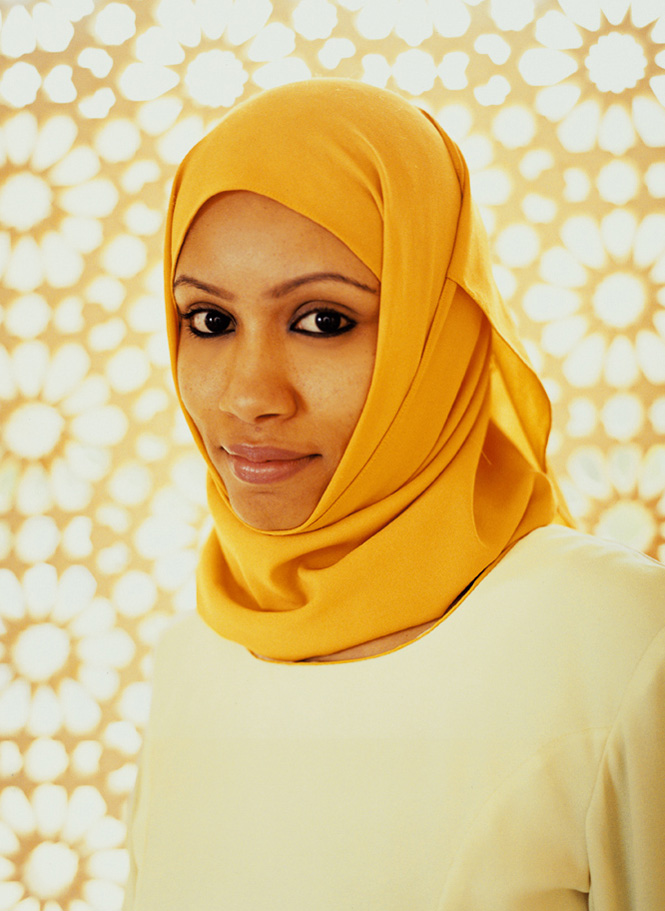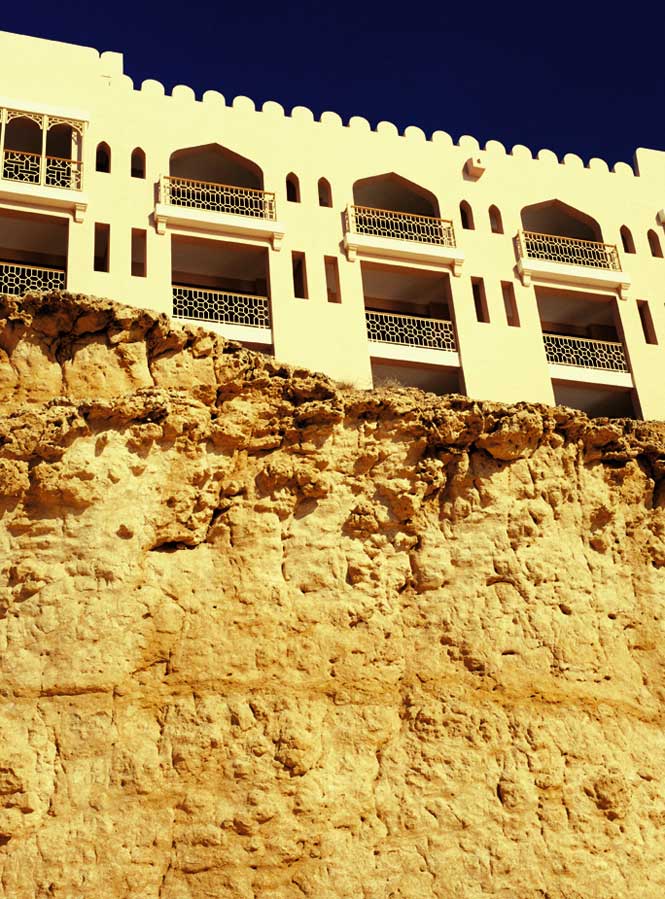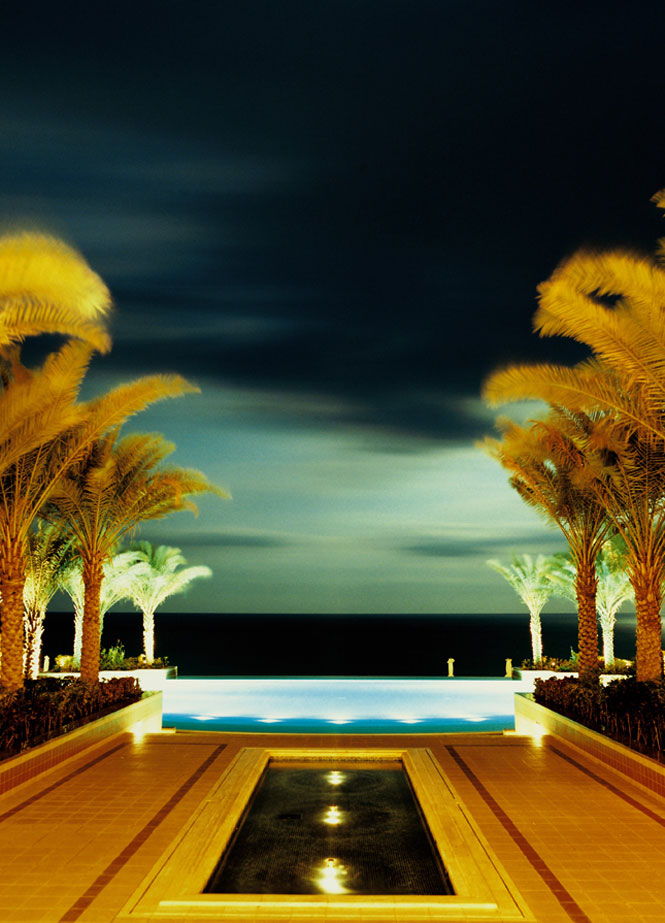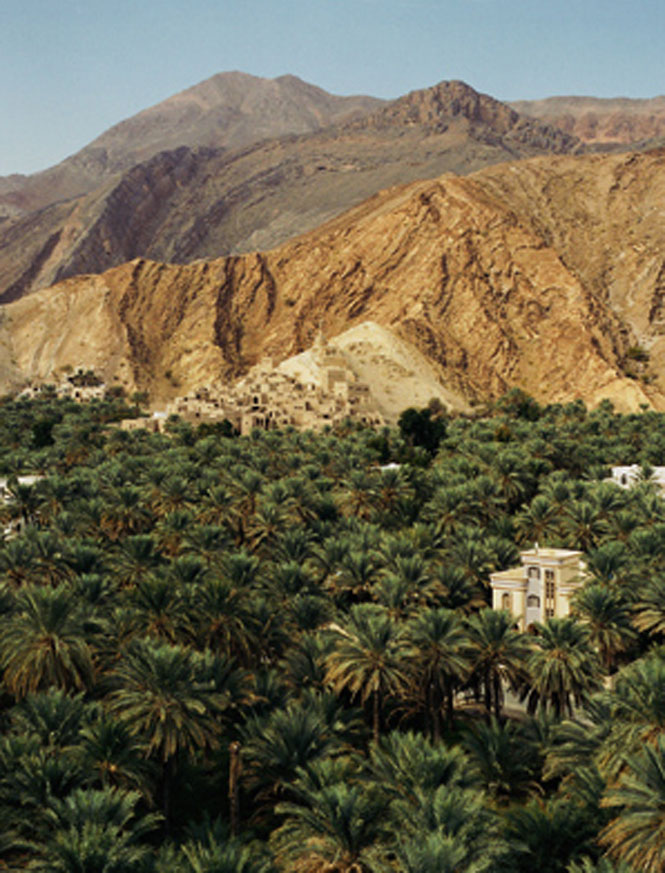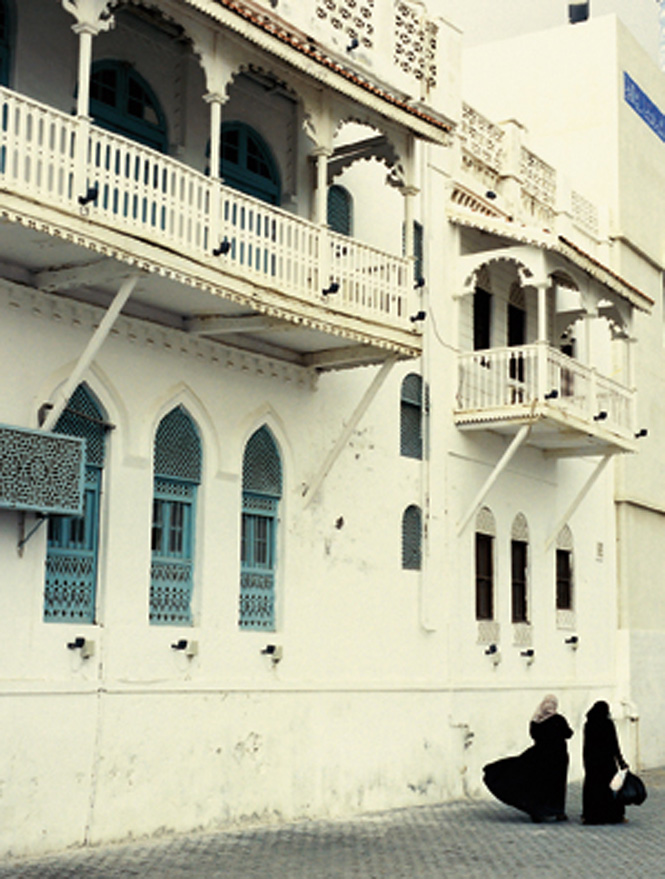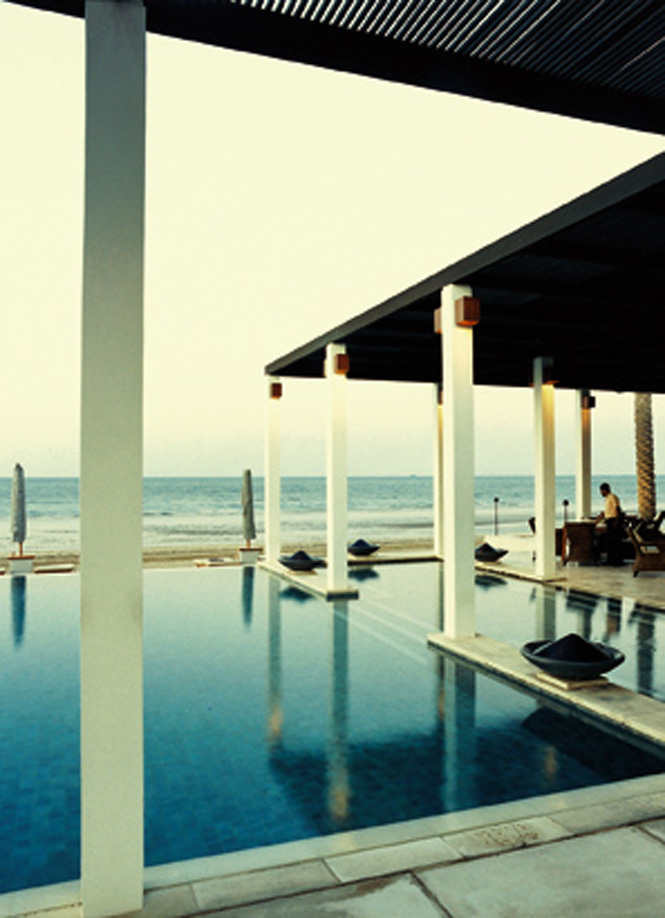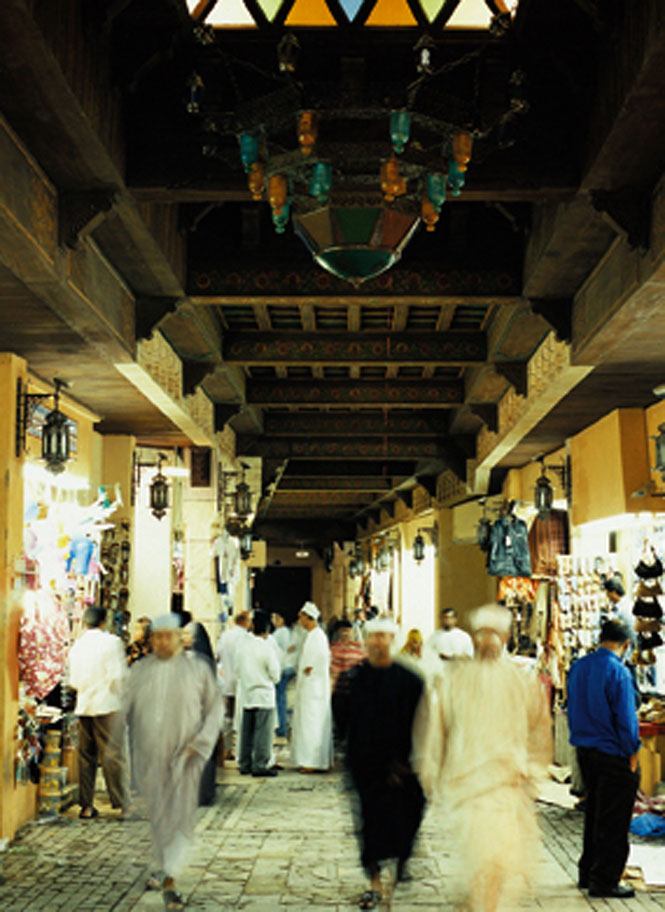Khaled’s family could not have been too thrilled by what they found. By the late 1960s, Muscat, once the hub of a Phoenician-style trading empire that spanned continents, had become a cultural and economic backwater at the edge of the world. While the rest of the Gulf, in the early throes of its first oil boom, was busy building freeways, buying fast cars, and making overnight fortunes, Oman still didn’t have electricity or running water. In Beirut, then the Middle East’s party capital, dawn was announced by the susurrus of a thousand red-eyed revelers sliding gratefully between their sheets; in Muscat, it was marked by cock-crow and the sound of the city’s gate being unlocked by night watchmen.
Despite oil revenues of its own, Oman languished somewhere in the 13th century in terms of development, thanks entirely to its ruler, Sultan Said bin Taimur. A hermit king who rarely emerged from his palace in later years and vehemently opposed any attempt to drag his country into the modern world, Sultan Said was the last gasp of a once-powerful fundamentalist movement that had dominated Oman for centuries.
The majority of Omanis are Ibadis, an early and somewhat puritanical sect of Islam that is still regarded as heretical by many orthodox Muslims. Fleeing persecution in Iraq in the late seventh century, the Ibadis found refuge in the mountains of Oman, where in time they divided into two competing schools of thought—one strictly by the book, and the other more open to innovation. Travelers familiar with the world, most Omanis had long since opted for openness by the time Said ascended to the throne. Their sultan, however, saw things differently.
On July 23, 1970, the 20th century arrived. In a bloodless coup discreetly supported by the British government, Sultan Said was deposed by his only son, Prince Qaboos. Sent into exile in London, he spent his last years holed up in a suite at the Dorchester Hotel.
Sultan Qaboos immediately set about modernizing Oman, which in 1970 boasted 10 kilometers of surfaced roads, three primary schools, no secondary education, and only one missionary-run hospital. He ended the tribal disputes that had wracked the country for decades, freed the slaves and concubines his father had kept, allowed television into the country, set up banks, encouraged exiles like Khaled’s family to return, and sent students abroad to learn the skills needed to build a modern state.
Almost four decades later, his reforms have been so successful that even Omanis born before 1970 find it hard to remember the way things were. Indeed, the changes have been considerable in the eight years since I first visited Muscat. Traditional dhows still ply the city’s harbor, but they’re not as numerous as I remember, and now vie for sea space with lavish motor yachts. Nor do I recall more than a few cafés and restaurants or, outside the hotels, any real nightlife to speak of. A big night out then meant a trip to the mall, a stroll through one of the city’s many parks, or dinner at a friend’s house. For a taste of faster times, Omanis would drive three hours to Dubai, and though they appeared happy that hedonism was within easy reach, it also seemed that they liked the fact that they had to go somewhere else for the experience.
But modernity is catching up with Oman, in part because of its emergence as the Arab world’s newest holiday destination. In recent years, the promise of mountain and desert treks, vast stretches of virgin beach, and some of the world’s least-visited dive sites has lured an increasing number of tourists, many of them well-heeled travelers from elsewhere in the region.
The best place to stay in town eight years ago was the Al Bustan Palace (currently being renovated under the InterContinental banner), a fabulously retro nugget of ’70s Orientalism with its own private beach and a towering, frankincense-scented lobby. These days, visitors looking for luxury accommodation are spoiled for choice. Yes, there’s a Radisson and a Grand Hyatt and a Sheraton, but the main draws are the hipper-than-thou Chedi and the two-year-old Shangri-La Barr Al Jissah, a sprawling complex with three separate hotels catering to families, business travelers, and the jet-setting elite.
The Arabian Nights theme at the Barr Al Jissah may be a touch overwrought, but in terms of location, the resort is hard to beat. Its beaches are pristine, the water limpid, and the diving and dolphin-watching tours it runs out of its in-house dive center make it a favourite with the water-sports set. The three hotels are far enough apart to allow a stay at each to feel like a self-contained experience; the ultra-exclusive Al Husn wing, perched on a cliff overlooking the Gulf of Oman, comes with all the amenities your average sheik would expect.
The Chedi is an entirely different experience: more intimate, more sophisticated, and much harder to get a room at. What it lacks in terms of setting, at least compared with the Shangri-La, it more than makes up for in ambience and facilities, including a luxurious spa and some of the finest dining in the country. If you want to rub shoulders with catwalk models and media moguls, this is the place to be seen.



